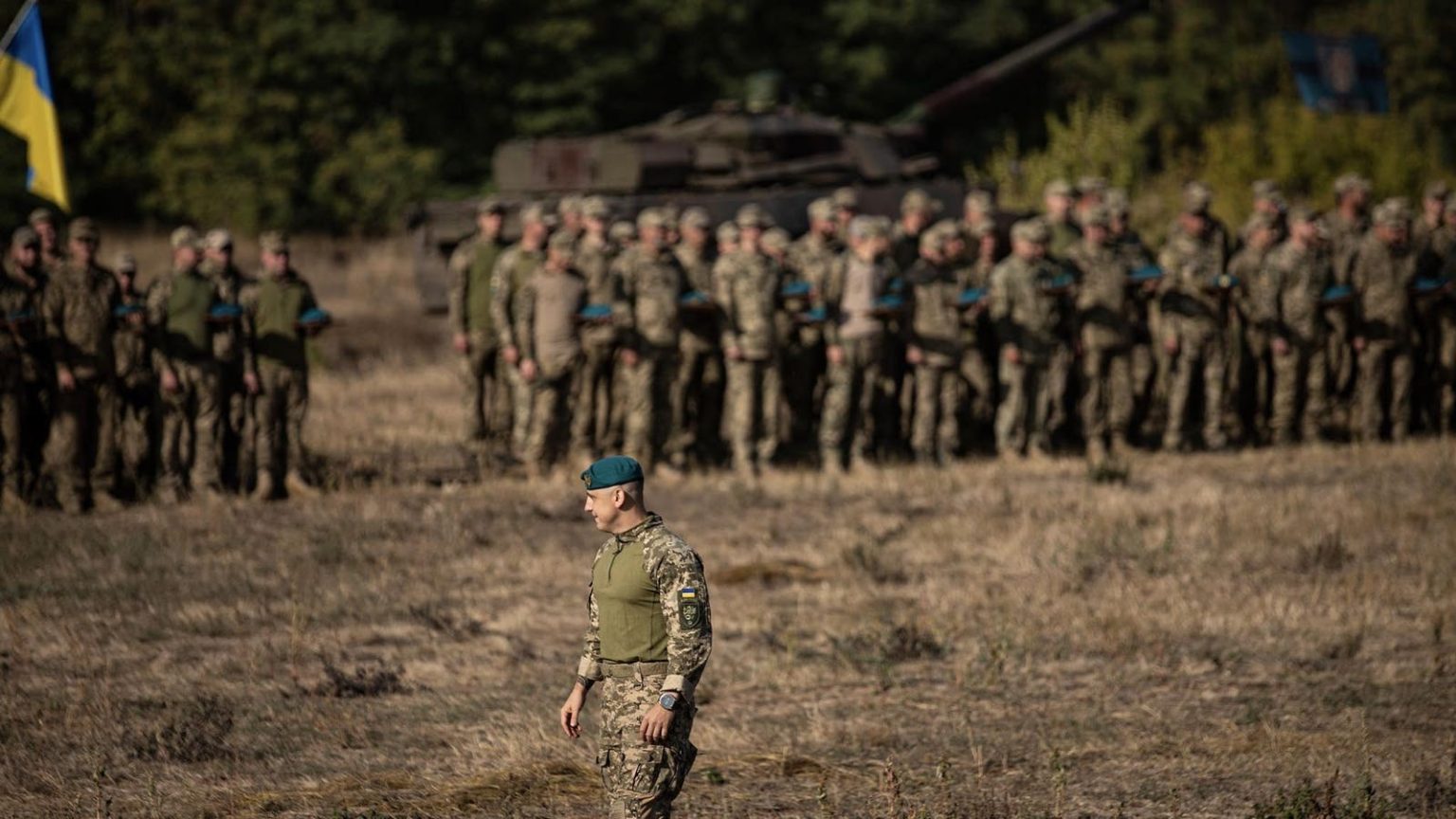Ukraine reportedly is getting 40 more AMX-10RC reconnaissance vehicles from France. Which might be surprising. The Ukrainians used the thinly-armored but well-armed scout vehicle all wrong in the early days of their now four-month-old counteroffensive.
They used them as tanks—and promptly lost a bunch of them.
That the Ukrainians wanted another 40 AMX-10RCs might indicate that they’ve really internalized the awful lessons of the counteroffensive’s first week, and have settled on an appropriate role for the wheeled vehicles.
Excitement ran high when, in January, the French government announced it would donate an initial 40 AMX-10RCs to the Ukrainian war effort. The first of the 15-ton, six-wheel vehicles arrived in Ukraine in April.
The speedy AMX-10RC with its 105-millimeter main gun and day-night optics is a “sniper rifle on … fast wheels,” Oleksii Reznikov, then the Ukrainian minister of defense, crowed after test-driving one of the vehicles.
Reznikov’s praise should have come as no surprise. French firm GIAT specifically designed the AMX-10RC for exactly the attributes the defense minister singled out. Fighting range. Situational awareness. Speed.
An AMX-10RC with its robust wheels, fuel-efficient 280-horsepower diesel engine and reliable suspension can achieve and maintain a high top speed: 53 miles per hour by road. Its F2 rifled main gun, while unstabilized, is pretty accurate—when fired from a halt, of course.
GIAT didn’t design the AMX-10RC to resist enemy fire. It weighs just 15 tons. Its hull is thin aluminum. A four-person AMX-10RC crew is supposed to speed toward the enemy, fire a few rounds in order to draw a response—like kicking an anthill—and then register the enemy’s position and speed away before the return fire gets too heavy.
The Ukrainian defense ministry seemed to appreciate the AMX-10RC’s attributes, at first. After all, it assigned the French vehicles not to the army, but to the marine corps.
Ukrainian marine brigades train and organize for raids and riverine assaults: operations that beg for speed and violence, even if speed and violence come at the cost of protection.
But when the 37th Marine Brigade sent its AMX-10RCs into combat for the first time, on one of the first days of Ukraine’s widely-anticipated counteroffensive in southern Donetsk Oblast, inexperienced junior officers made all the wrong choices.
When the brigade assaulted Russian positions in Velyka Novosilka on June 5, officers placed the AMX-10RCs at the front of assault columns as they attempted a direct assault on Russian fortifications. It was a role the officers should have reserved solely for the marine corps’ T-80 tanks.
What happened next was terrible … and entirely predictable. At least two, and perhaps as many as five, of the AMX-10RCs were immobilized or destroyed. Russian forces captured one of the immobilized vehicles.
At least one four-person AMX-10RC crew died, a marine major told AFP. “There was artillery shelling and a shell exploded near the vehicle. The fragments pierced the armor and the ammunition set detonated.”
To their credit, the marines seemed immediately to understand their error. “The guns are good, the observation devices are very good,” the major said of the AMX-10RCs. “But unfortunately, there is thin armor and it is impractical to use them in the front-line [attack].”
As the marines finally broke through Velyka Novosilka and fought their way south along the narrow Mokri Yaly River Valley—an effort that continues four months later—they led with T-80s and British- and American-made armored trucks, and held back the AMX-10RCs.
And it soon became clear what the 37th Marine Brigade was doing with its surviving AMX-10RCS. It was using them as mobile fire-support.
A video that appeared online in mid-September depicts a platoon of AMX-10RCs firing their unstabilized main guns from an open field in broad daylight, while a separate video from inside one of the vehicles underscores the crew’s unhurried attitude.
It’s obvious the AMX-10RCs weren’t in much danger from return fire. They were far enough from the Russians—a couple of miles, perhaps—that they could shoot and scoot before anyone shot back.
The combination of precise day-night optics and a reliable main gun means an AMX-10RC crew reliably can hit targets more than a mile away. And that’s while shooting directly.
Elevate the gun and shoot ballistically, and the maximum range is 4.5 miles. Ukrainian AMX-10RC crews apparently use special software, installed on a tablet, for computing ballistic fire solutions.
Don’t expect the same accuracy at that distance, of course. Firing from beyond visual range, an AMX-10RC functions as a kind of improvised, extra-survivable howitzer: aiming at target coordinates registered by drones or forward observers.
In reportedly acquiring another 40 AMX-10RCs, the Ukrainian marines could more than double their capacity for this particular fire-support capability. Or they could repeat the bloody mistake from early June, and try to deploy the French scout vehicles as tanks.
Read the full article here





